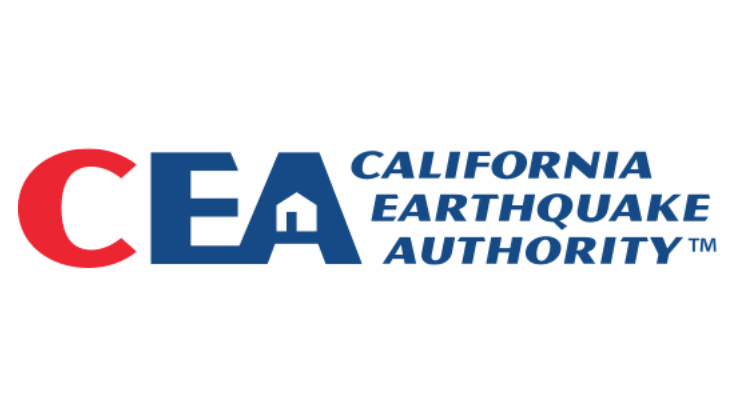Reduced reinsurance availability a factor in CEA’s rating downgrade

One of the world’s largest reinsurance buyers the California Earthquake Authority (CEA) has had its ratings downgraded because its claims paying capacity has been reduced, with lack of reinsurance one of the driving factors.
The California Earthquake Authority (CEA) has been a significant buyer of both reinsurance and catastrophe bonds, utilising this important private market risk transfer to help it manage its claims paying capacity needs.
In fact, the CEA is often cited as the buyer of the second largest reinsurance program in the world, after Japan’s Zenkyoren, and the buyer of the largest US reinsurance tower.
But in a market that has hardened considerably, even the CEA has been struggling to buy sufficient reinsurance limit because of much higher costs and reduced availability, which has now become a driver of a downgrade of its AM Best ratings.
As we’ve reported over recent months, the CEA was unable to secure all of the traditional reinsurance it wanted at its October 1st renewal, while the reinsurance it did renew at this stage was all placed at higher rates on line.
The CEA’s risk transfer arrangements shrank further before the end of 2022, as a $400 million catastrophe bond matured and was replaced with a new $305 million cat bond issuance.
Then, we reported earlier this week that the traditional reinsurance component of the CEA’s risk transfer arrangements shrank further at the 1/1 renewals, with the latest estimate being that its reinsurance and catastrophe bond tower has fallen to $8.2 billion in size.
At its largest, the CEA’s reinsurance and cat bond risk transfer tower had been almost $9.6 billion in size, but rising costs of coverage and reduced capacity being available has been shrinking this steadily for over a year and a half, with the rate of shrinkage accelerating since last October.
At the same time, the CEA has seen its exposure rising, meaning its overall claims paying capacity has fallen, at the same time as it effectively requires more of it.
This has now driven a decision by rating agency AM Best to downgrade the CEA’s Financial Strength Rating (FSR) to B++ (Good) from A- (Excellent) and Long-Term Issuer Credit Rating (Long-Term ICR) to “bbb+” (Good) from “a-” (Excellent).
At the same time, AM Best has revised the outlook of the Long-Term ICR to negative from stable, while the outlook of the FSR remains stable.
AM Best explained, “The rating downgrades are based on the deterioration of CEA’s balance sheet strength over the past year due to a decline in risk-adjusted capitalization as measured by Best’s Capital Adequacy Ratio (BCAR). The decline in risk-adjusted capitalization was driven by a reduction in CEA’s claims-paying capacity to a modeled 1-in-360-year return period as of Jan. 1, 2023, from a modeled 1-in-400-year return period at the time of AM Best’s previous annual rating review. The reduction in claims-paying capacity was attributable to the impact of market conditions, which included continued increases in exposure and most recently, reduced reinsurance availability.”
Adding, “The Long-Term ICR outlook of negative reflects the CEA Governing Board’s decision to reduce the minimum level of claims-paying capacity to a modeled 1-in-350-year return period and the expectation that challenging reinsurance market conditions will continue to pressure CEA’s claims-paying capacity. Furthermore, the CEA Governing Board’s 2023 risk transfer strategy includes the flexibility to drop below the modeled 1-in-350-year return period if driven by market conditions, with prompt notification of the Governing Board.”
Which demonstrates the importance of reinsurance to insurance institutions like the CEA and the challenges a hard market creates.
The CEA has another key reinsurance renewal coming up at April 1st, when the insurer has around $1.4 billion of traditional protection up for renewal, while some of its catastrophe bonds are due for renewal in the summer.
It’s going to be critical for the insurer to maintain a certain level of claims paying capacity, through whatever means necessary, while we understand it is also looking at ways it could reduce its exposure as well.
Reinsurance and cat bonds will continue to be vital, but the CEA’s buying patterns are much less certain, especially while the market has hardened so significantly.







